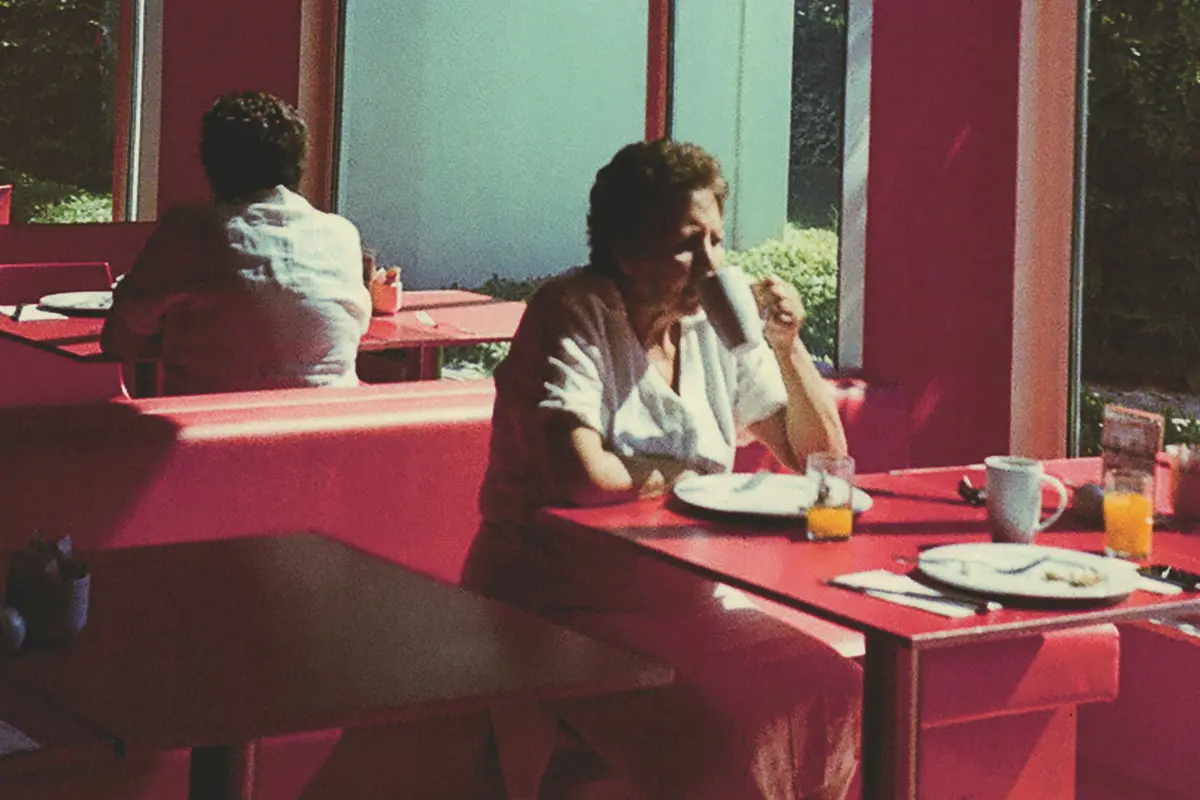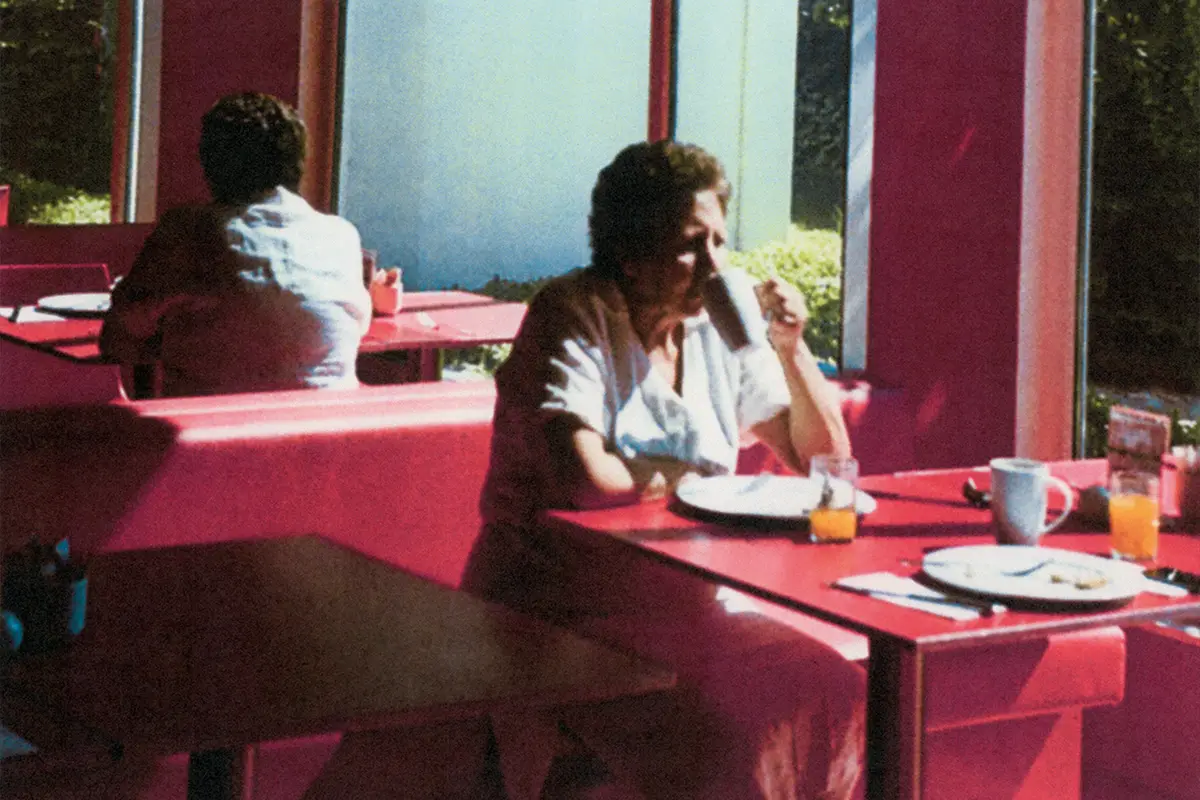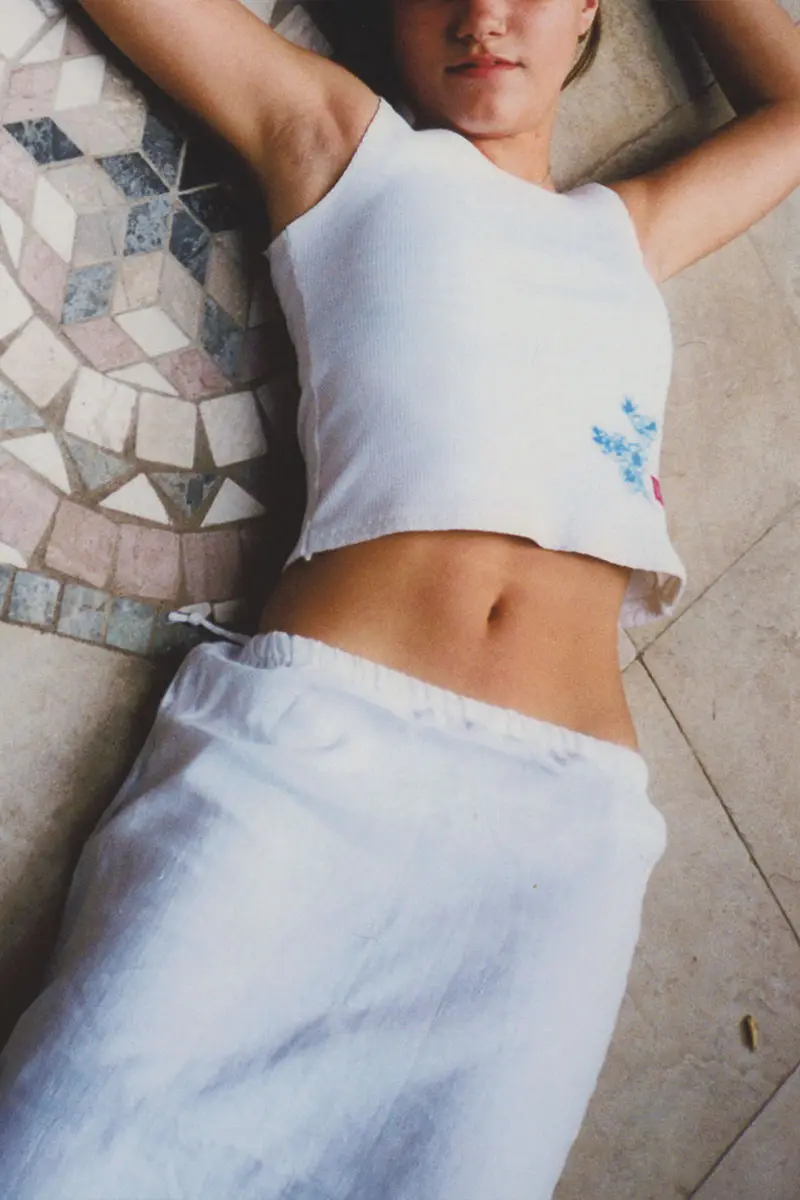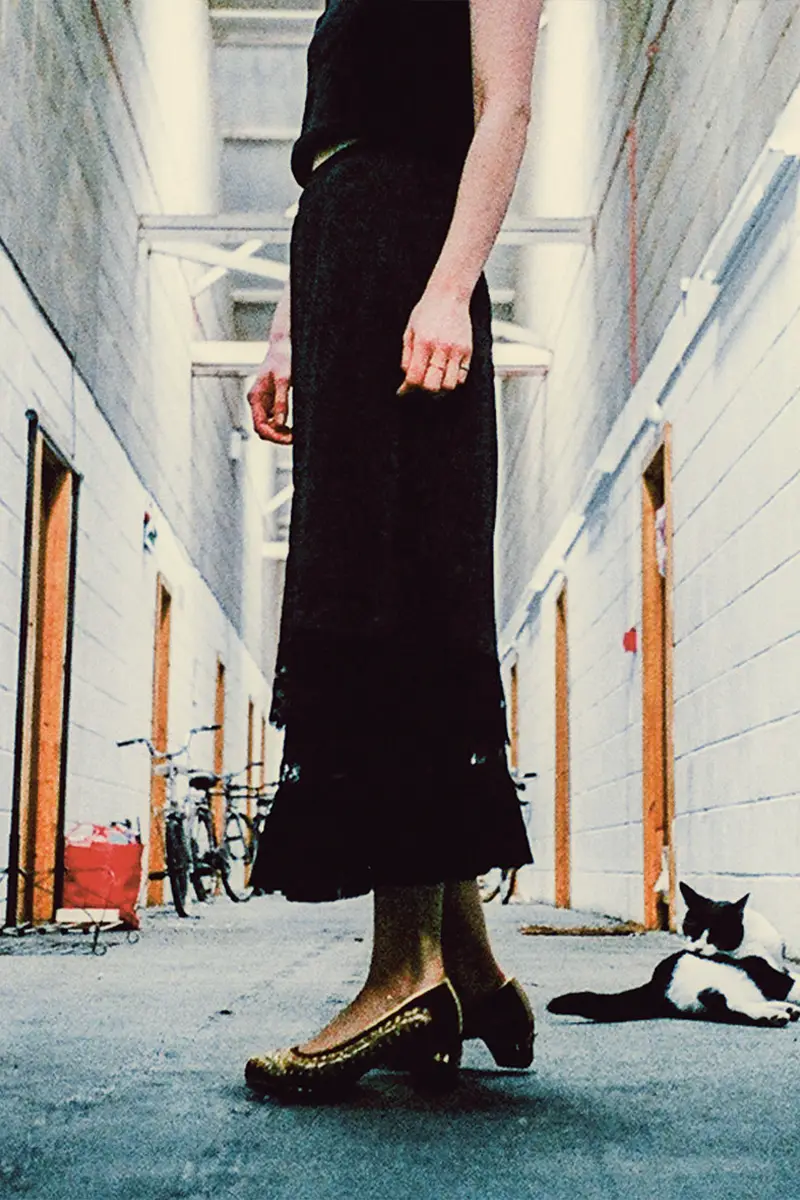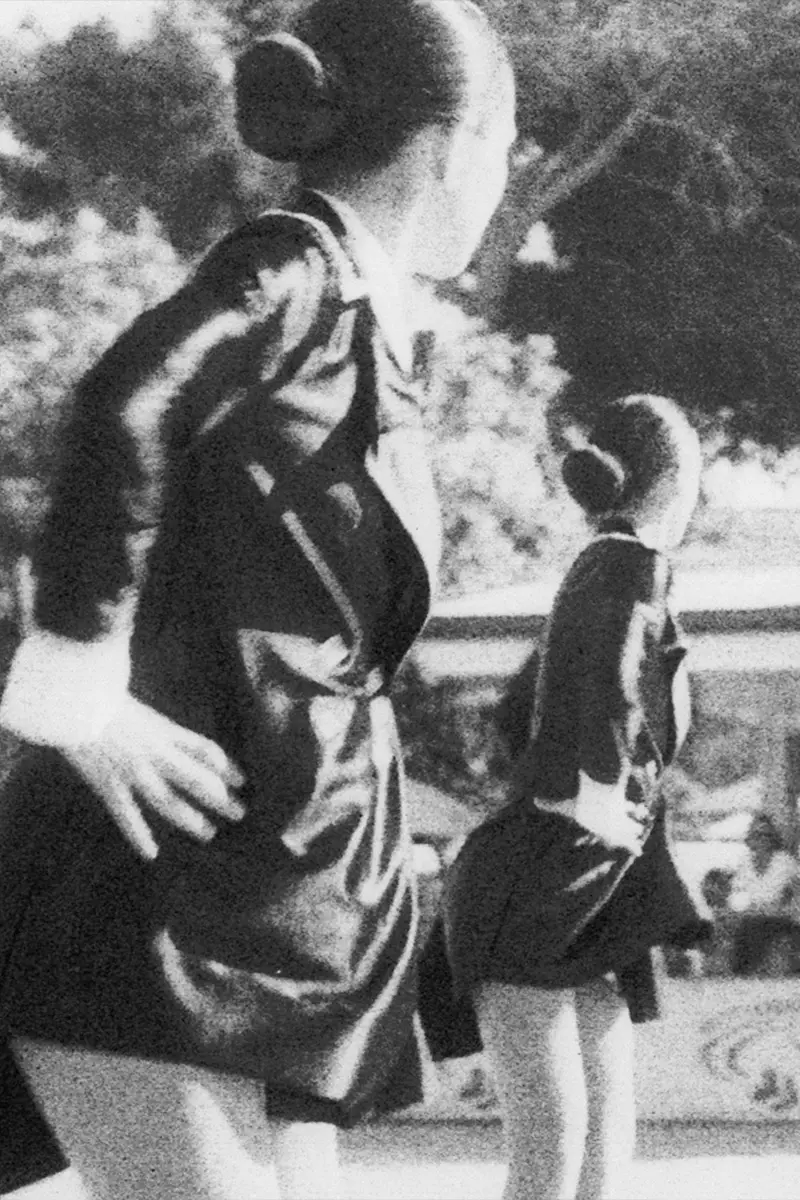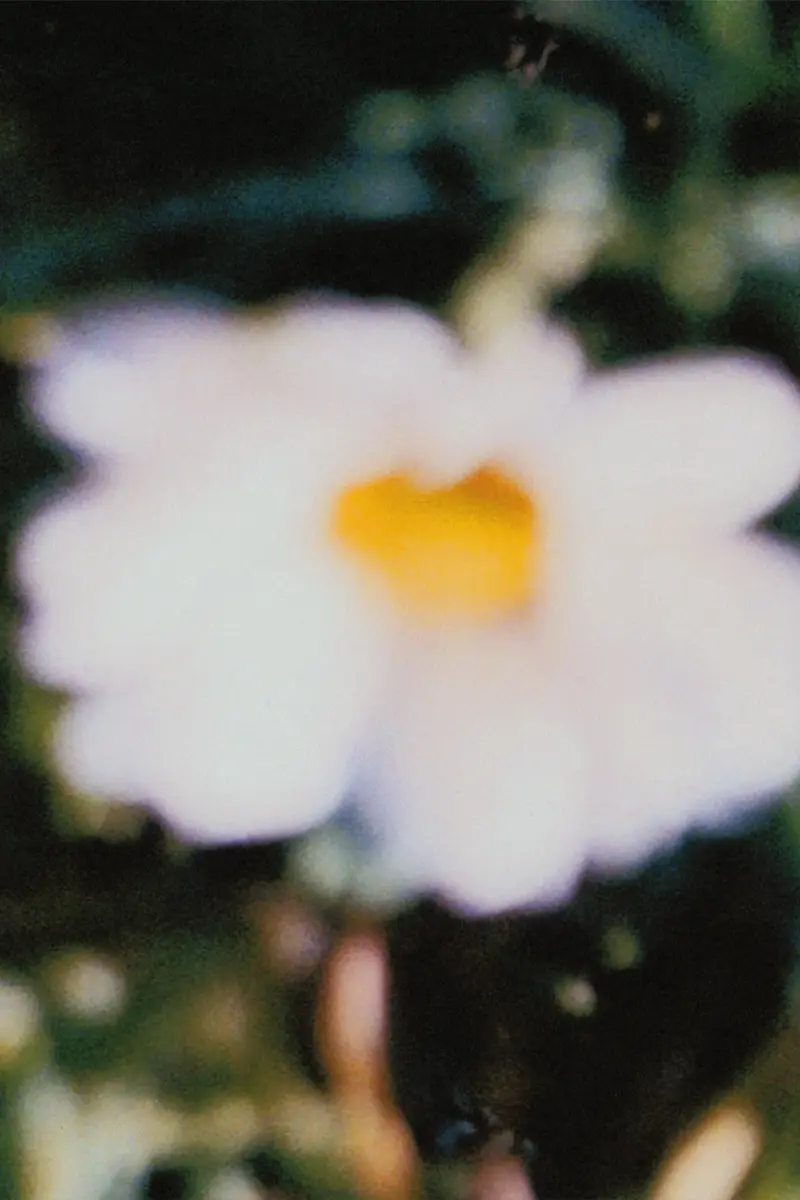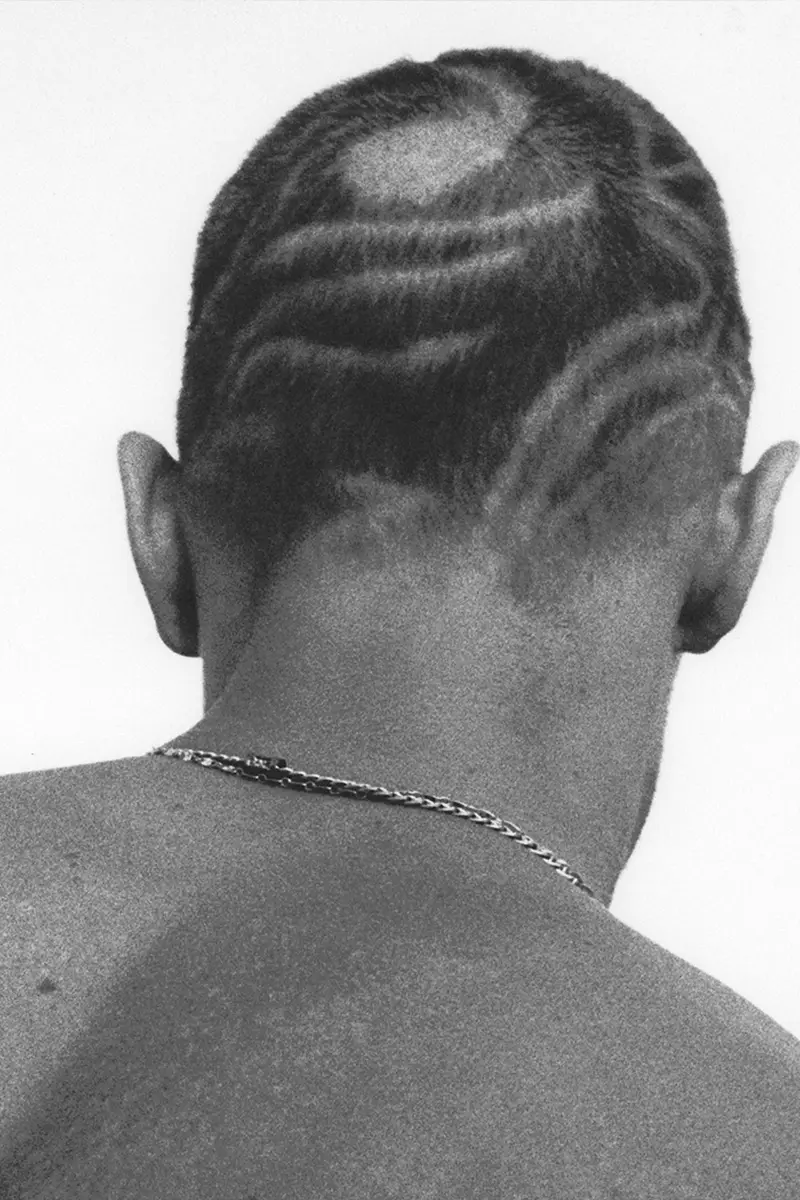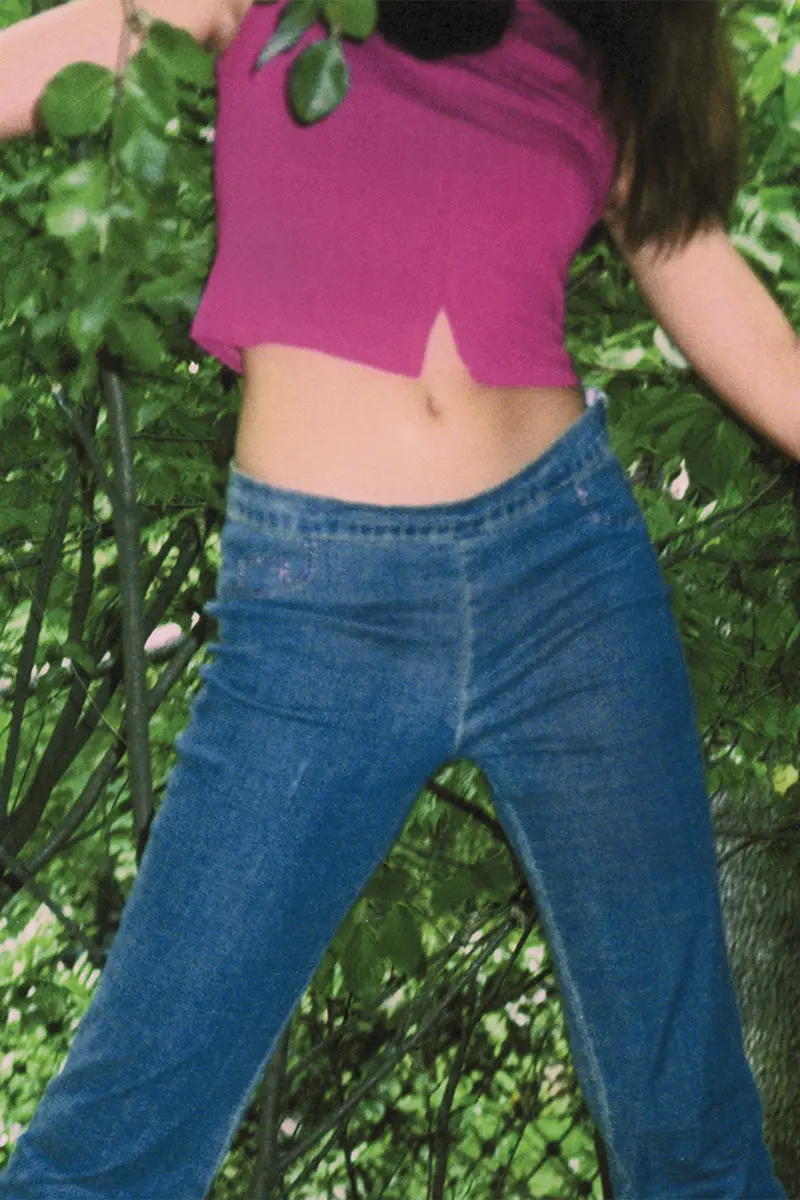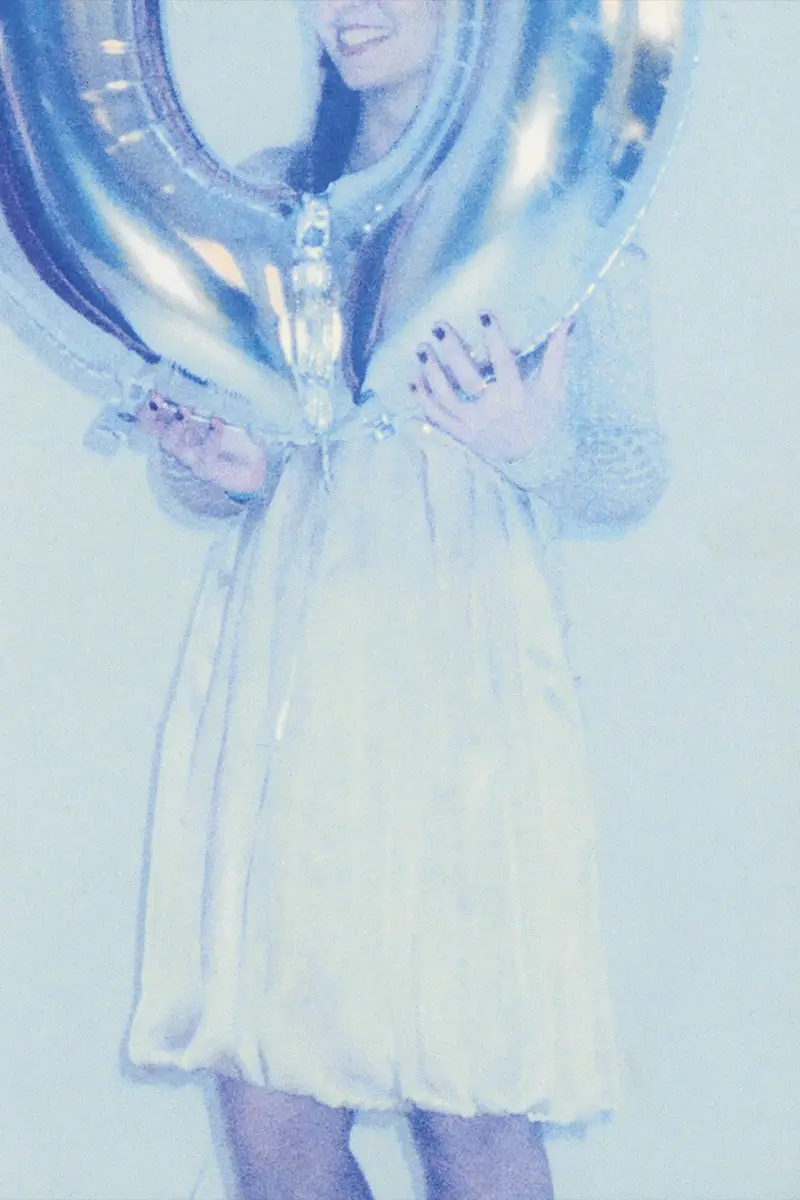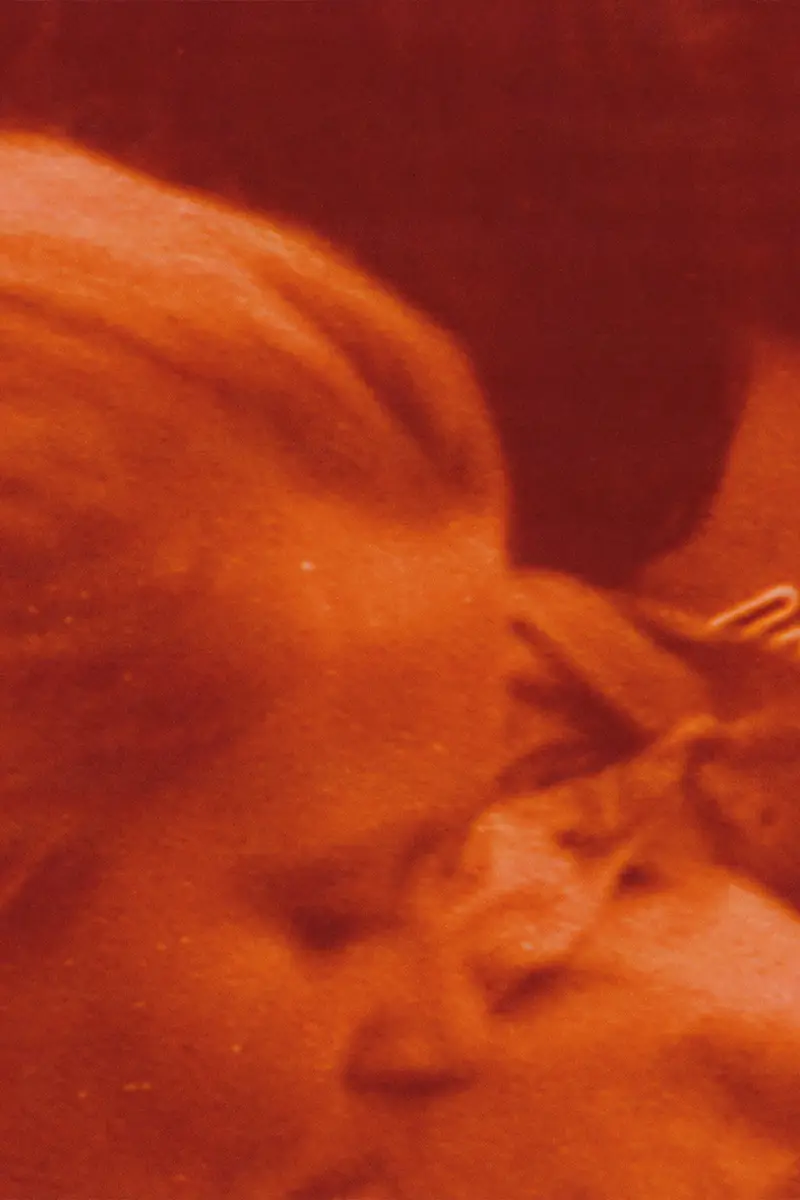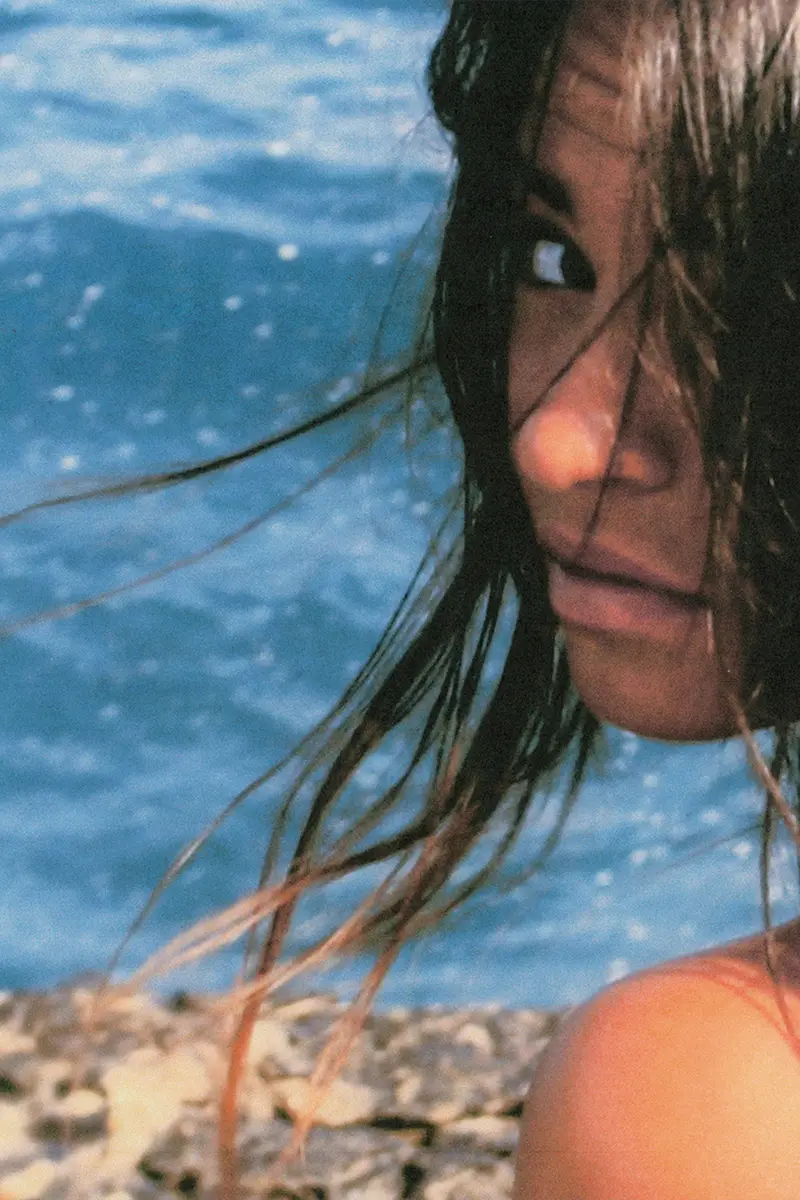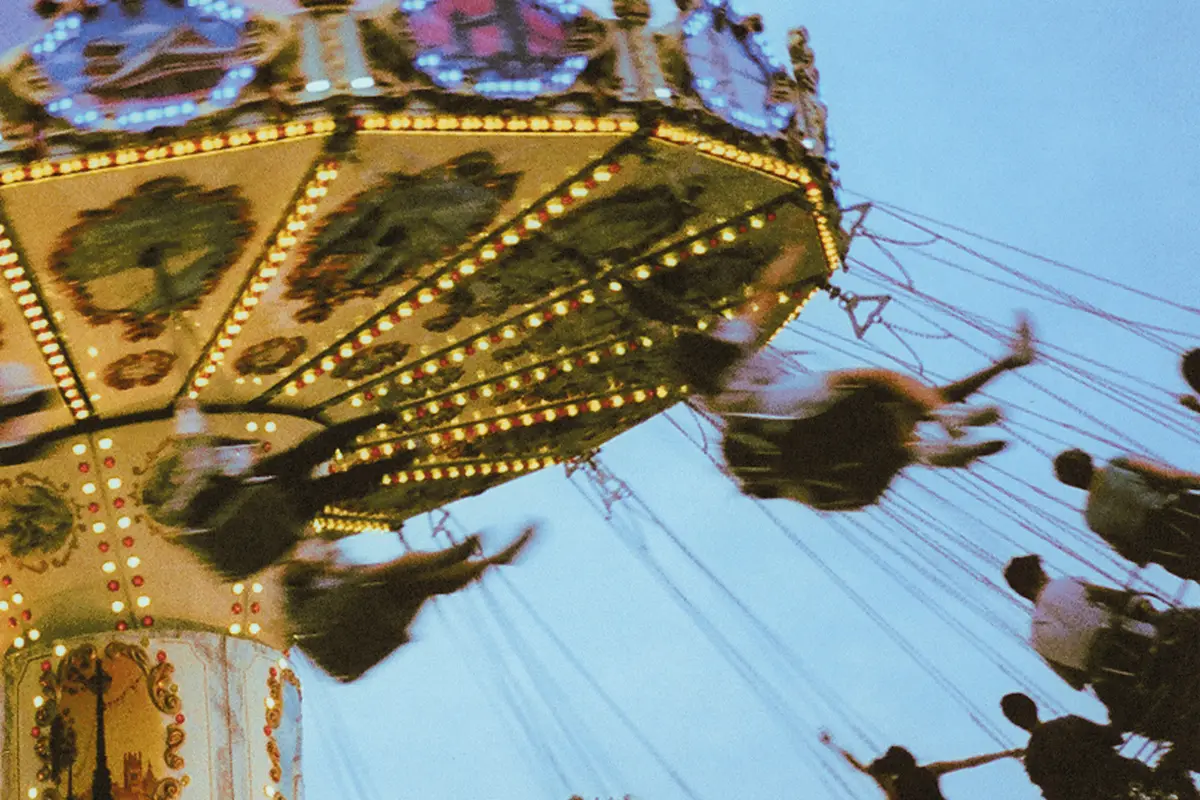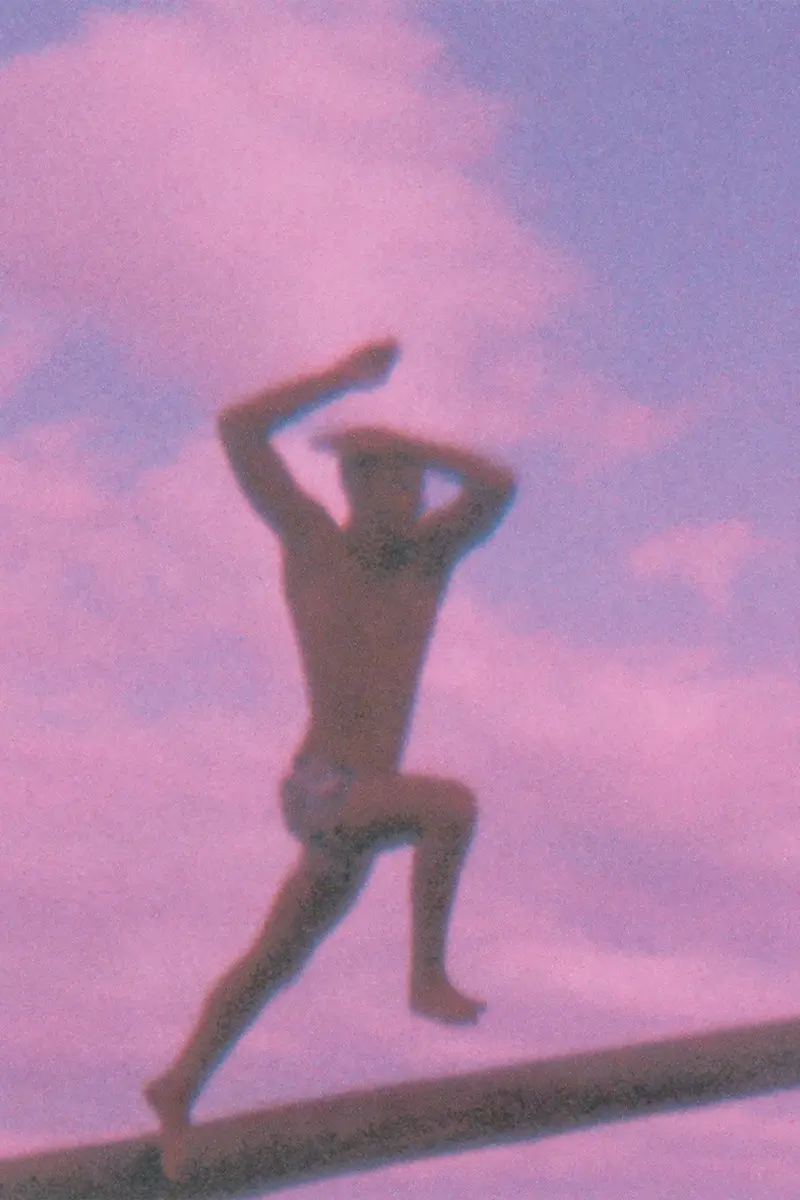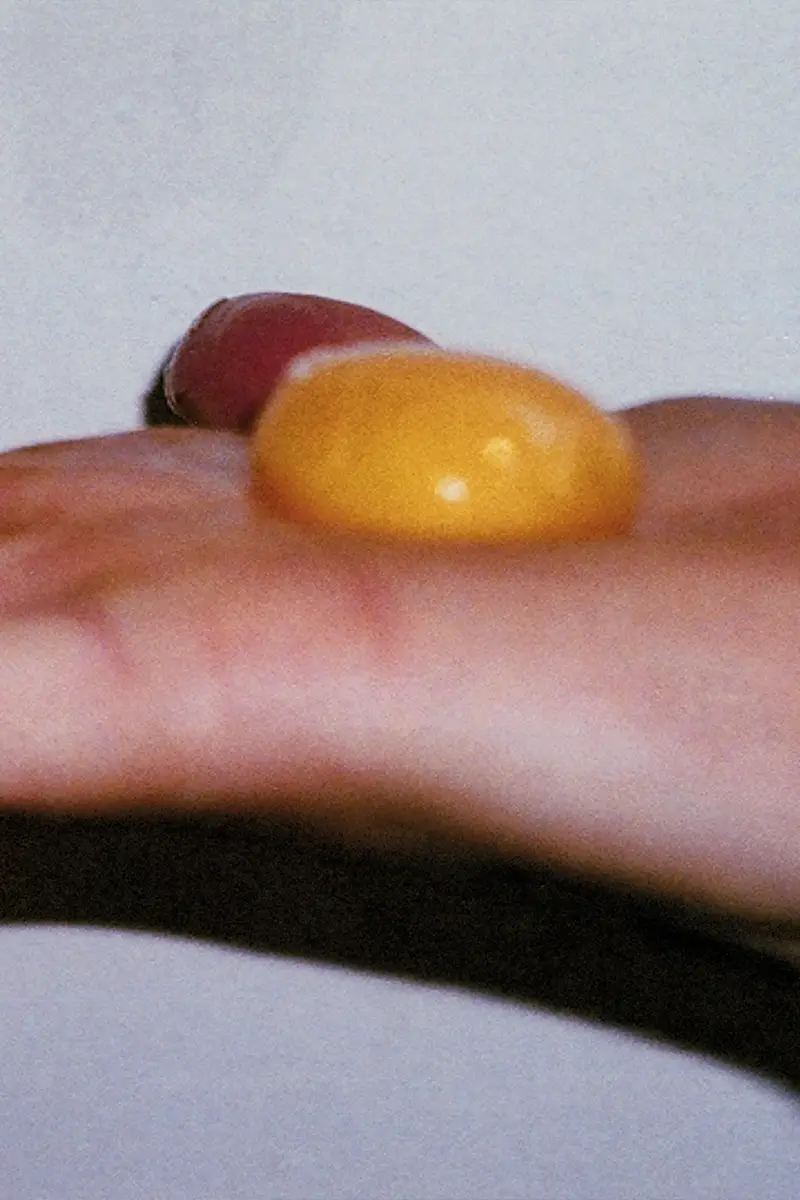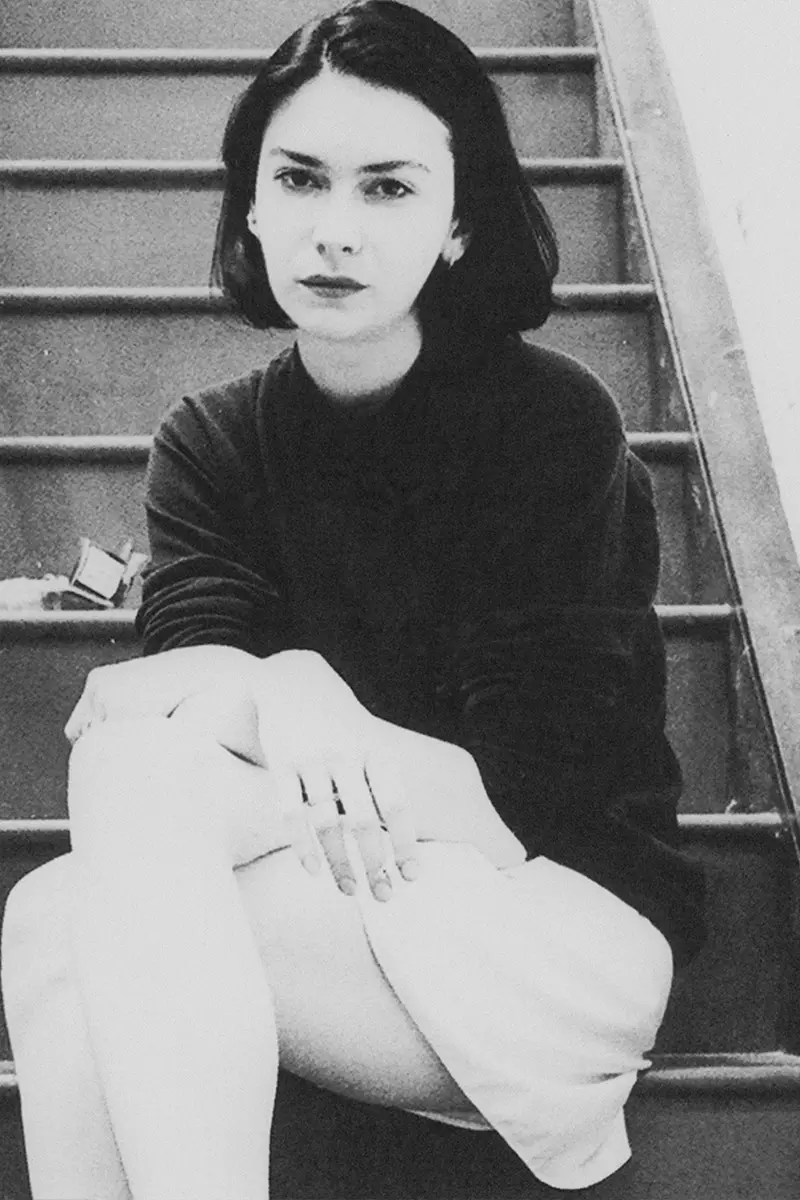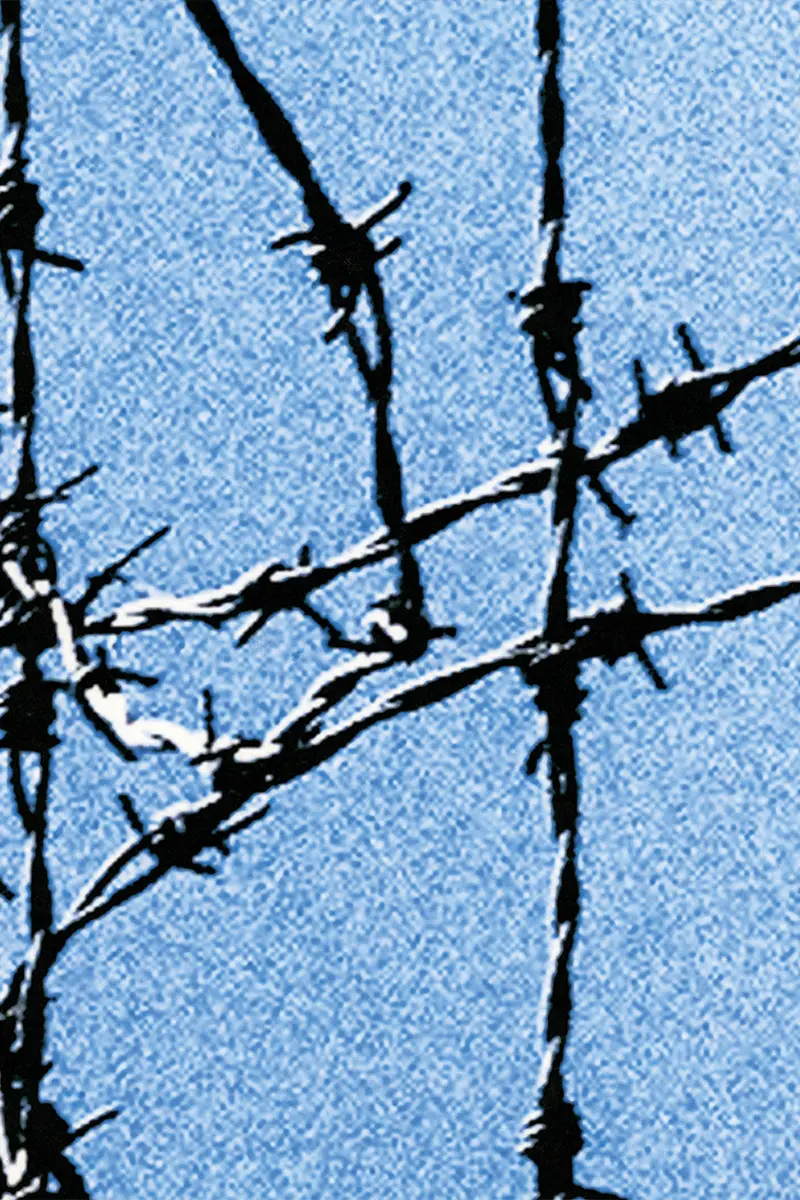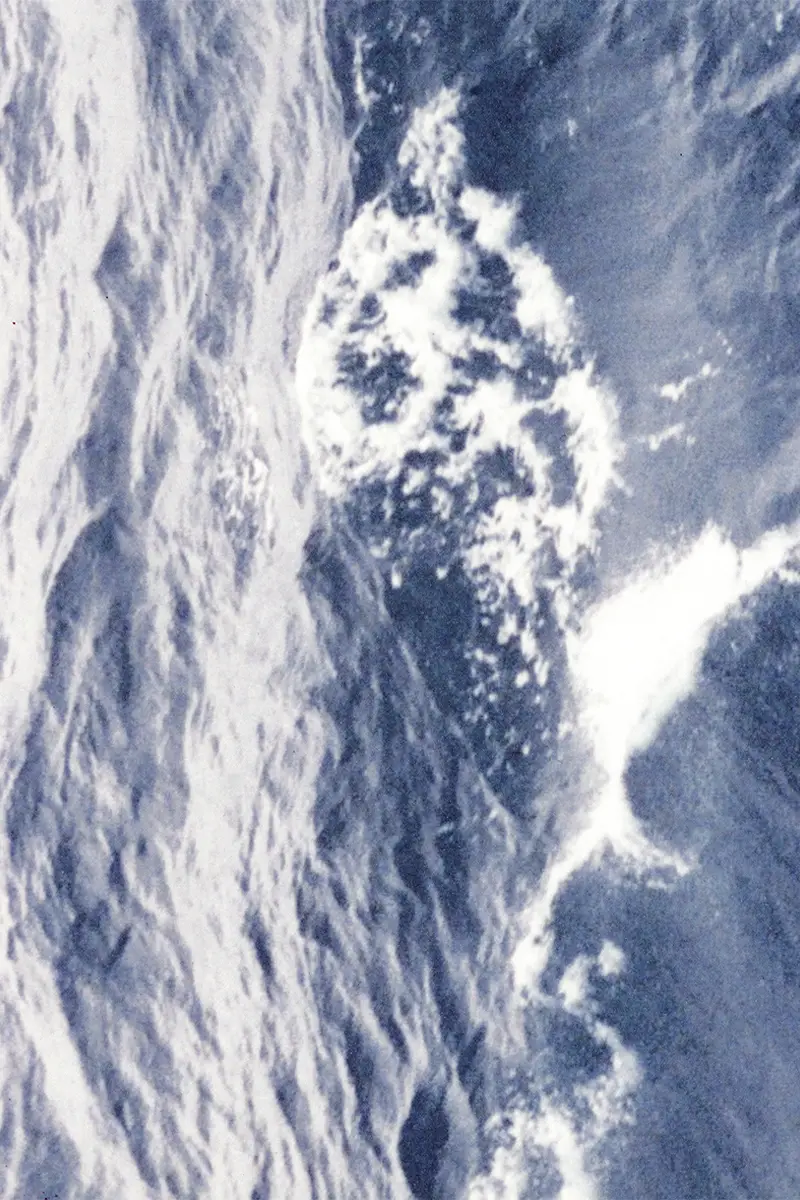Mara Palena studies the gap between the recorded self and the present – «It’s out of my control. Something that fascinates me is always a moment in between two moments»
Oikeiôsis. The memorizing self through photography
«What’s inside, the unconscious, why we dream, I always perceive reality from inside». If memory was in the gaze, Mara Palena knows how to immortalize it with an instinctive sense of contrasting ambiguity and precision. In her latest sensory collection, the artist releases the book titled Oikeiôsis, something of a philosophical tickling of the eye. From portraits to fuse silhouettes and writings, Mara curates an archive she started when she was younger, during her high school years.
The artist focuses on styling the visual composition, layer after layer, and media after media. Be it through text or sound, her images beg to escape bidimensionality, evolving into sensations, thoughts, and rhythms. Alongside the many representations of Oikeiôsis, the stoic concept can be resumed to the last theme of a human being. It suggests the intrinsic nature of humans to be self-conscious, adapt, and evolve. The artists see it as a way of fighting the idea of time or being stuck in it.
«When I was re-elaborating the pictures I had an opposite feeling where images were moving and becoming something else». Another discovery that inspires the image collection is the concept of infrathin, an idea introduced by Marcel Duchamp and elaborated by Elio Grazioli in his book, Infrasottile: l’arte contemporanea ai limiti. «It’s a perfect explanation of something You cannot grab. It’s something that it is there, but it’s not there. Something that is beyond, it’s something but it is nothing. A contradiction.»
A collaboration with Donato Panaccio on molecular sounds
Oikeiôsis becomes an immersive experience with the addition of sound. To convey the spirit of emotion and how our bodies react to art and memory, Mara Palena collaborated with Donato Panaccio, a sound designer who uses frequencies as therapy. His practice is very personal, following a procedure to create the personal octave by working with low-frequency therapy. «We’ve started a path together. I’ve tried the therapy on myself, and after we tried different experiments, we decided to create a sound map».
At the end of the book, a QR code attaches to a collection of emotions such as melancholy, courage, or falling in love that are all translated into sound. «It’s like an unconscious reaction to the world.» Mara Palena explains how she is intrigued to see a reaction in the viewers.
«Low frequencies work directly in your body like the cells of your body move immediately and rebalance on the sound of the frequencies. When you experience the project, it’s not just like seeing it, also you’re listening to it, and your body is responding to it. It’s something that touches everyone in a way».
To obtain the sounds of each emotion in collaboration with Donato Panaccio, the artists recorded melancholic stories of people sharing memories, further analyzing the voices as with the therapy procedure, grasping the notes or tones of each feeling. When it comes to other substances, such as serotonin or adrenaline, the sound director converted their molecular weight into a frequency.
In the beginning, there was fashion
«What interested me about fashion was the research». Mara Palena started in fashion, going to study in Milan and London, working as a photographer and stylist. Absorbing from different fields, she was always passionate about cinema and photography as well as all things performative since she studied ballet and dancing.
«I find that all the disciplines are very linked to each other. So when you are working in fashion, you research in cinema, you research in art, I feel like it is never a field that exists on its own». However, with the industry taking overwhelming commercial twists and moving at a speed that harms creativity, Mara Palena felt to take a distance from it. «I felt what I was doing even unconsciously was always shooting. I was always doing photography, analyzing my pictures».
linking her interests in psychology, philosophy, and arts felt natural and instinctive. Away from the fashion imaginary there were less strict codes or predictable outcomes. What Mara «wanted was to create something immersive». Even when her work starts from photography it evolves into an installation, into an environment, always linked with sound or text, becoming a well-rounded confession.
I wish I was uses AI as an identity filter
One of Mara Palena’s projects titled I Wish I Was portrays the artist’s unique style in her field. Playing with artificial intelligence, it becomes a filter that can translate and genuinely interfere in linking distanced words. Commissioned to her, the project was exploring the last chapter of Joyce’s Ulysses. It is the only part of the book to portray a female character, Molly Bloom.
«I felt very far away from her femininity from the way she was depicted, and I wasn’t very sure if it was the male gaze of the author or if she was a very emancipated woman in the early century who was depicted too grotesque». While developing the project, Mara felt the character stayed from emotions, embodying manly attitudes that played with power and authority. To cross a bridge between the two, the artist decided to use personal images of herself, some dedicated to lovers, some more intimate. «What I used in the project is a personal archive that I re elaborated in a flux of consciousness.»
The sound is AI generated as well, with the book’s monologue translated into music, cutting pieces to feed to the ‘machine’, involving the artificial intelligence in a self meets concept collage. «AI means you are working with an archive. What I did was for every image I made a variation, working with around fifteen images and then doing a montage».
Mara Palena sees the tool as an information collection, something rich in content and useful for research. But it can also become a filter. «I felt there was a gap between me and the character and I wanted something in the middle. Because I wasn’t recognizing myself as the female character and I couldn’t understand her sensibility. I used it as a filter somehow».
EMDR therapy. Mara Palena casts the post-traumatic self
There’s a certain need to grasp the self in every one of Mara Palena’s works. Before Oikeiôsis, exploring memory or sound therapy, she developed a project inspired by the EMDR practice. As a therapeutic path she tried, the Eye movement desensitization and reprocessing process can be a source of incitement for visual arts. The therapy works with a simulation of both sides of the brain making one enter the ERM phase which feels like a dreaming haze. It’s like an encounter with different selves divided into pieces of one’s consciousness. The therapy works on bringing awareness and then approaching a resolution for traumatic experiences.
«For me, it was very intense to see how we change every time we see these memories, sometimes fading. Afterward, you become very sensitive to smell or remember some memories that somehow were lost or hidden. I felt like I was traveling in time because it’s like you’re dreaming, but also acting with yourself in the past». Mara Palena explains part of the intensity, something she easily translates in her work, eagerly following the ways the mind can cure from the inside.
And images have a strong impact on this path. Born in the United States, EMDR therapy evolves surrounding photographic information. The artist reached for inspiration from the Prelinger Archive which contains all the images from the American cultural and historical landscape, such as advertising or the behavioral videos from the 50′ that fascinated the artist. «Immediately when I was watching the archive it felt that it was a perfect allegory, making a body of work that can tell you what happens in your mind when you do this therapy».
Philosophy meets the eye. A book to feel about
«I started Oikeiôsis in high school and at that time I wasn’t sure what I was doing, but I was separating the images, studying what they wore, similar to self -perception». The path toward Oikeiôsis already existed, she just wasn’t so aware of it. For Mara Palena, it came as an impulse, but also a realization, something between asking and already knowing. Part of her inspiration, however, was an exhibition at the Whitechapel Gallery in London. Ten years ago the installation exhibited by Sara Luca, fixing over a huge self-portrait, ten meters higher.
«I remember that exhibition was a turning point for me because there were many media outlets and seeing that was possible from other artists made me realize that I was doing something between the lines that wasn’t linked to fashion». Mara’s research always approached psychology and human nature, but mostly memory and identity. She started going deeper into psychoanalysis, with part of her inspiration coming from the book Letters to a Poet with letters from Lou Andreas Salome. «They moved something inside of me». Literature, cinema, and film were also part of the artist’s language but she confesses to working with images as «something that belonged to me since I was a kid».
Born in a period without computers, archives weren’t remotely as accessible as they are today. Mara’s photographic process began almost as an instinct to hold on to memories and have them somewhere where they would still belong years apart. The same would happen with text. «I remember since I was a child I would always write down every text I received. There was this urge to stop time and try to understand why memory works the way it does. When you are in the moment of taking a photo, you are never in the moment of watching the photo develop, it’s like traveling in time».
It slowly develops as a performative act, elaborating images, waiting for them to come alive when using analog photography «It’s out of my control. Something that fascinates me is always a moment in between two moments». Mara Palena’s creative operation is close to collage-making, finding intertwinement between media and meaning. The visual escapes stillness, they address something that is moving, is passing.
The book Oikeiôsis Mara Palena will be out November 2023 here.
Mara Palena
Mara Palena (1988) lives and works in Milan. Her research focuses on themes such as memory, remembrance and identity. The artist’s aesthetics, influenced by the field of fashion where he worked for several years, combines with an intimate and poetic vision. Using photography, video and sound, his work aims to involve the viewer in immersive experiences. By reworking archive material he seeks a link between the personal and the collective, between introspection and connection. Her work has been exhibited in various international festivals and galleries, he has been a finalist in numerous awards including: Combat prize, Fabbri prize, New Post Photography. In 2022 she was nominated by Giangavino Pazzola and Camera Torino for FUTURES Photography.


